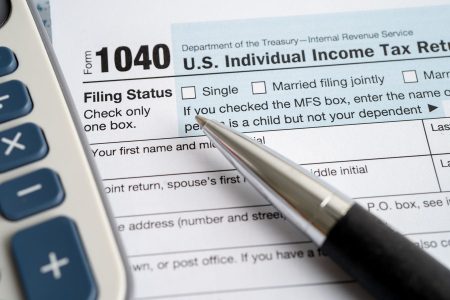In April, inflation in the United States fell slightly due to easing price pressures in some consumer areas but was offset by higher gasoline prices and persistent high housing costs. The consumer price index (CPI) rose 3.4% from a year ago, down from 3.5% in March. This decrease indicates progress in the fight against inflation, which had somewhat stagnated in the first quarter of the year. The trend in inflation will determine when the Federal Reserve will begin adjusting interest rates, affecting borrowing costs for consumers and businesses.
Gasoline prices increased in April, leading to a rise in prices at the pump. However, they have since decreased slightly. Grocery prices also decreased slightly in April, with food inflation nearing zero. The core CPI, which excludes energy and food prices, fell to 3.6% annually in April. Housing, the largest spending category for households, saw a slight decline in inflation from March to April. Positive data trends suggest that housing inflation should continue to ease, although progress has been slower than expected.
Imbalances in supply and demand are major factors contributing to inflation. Disruptions in supply chains due to the Covid-19 pandemic, along with changing consumer buying patterns, initially drove up prices for goods. As the economy reopened, demand shifted towards services, which are now a significant factor in inflation. Wage growth has been a contributor to services inflation, as the services sector is more sensitive to labor costs. Record-high demand for workers during the pandemic era led to increased wage growth, which has since declined but remains above pre-pandemic levels.
While some areas of inflation have seen improvement, such as decreases in prices for new and used vehicles, other areas like motor vehicle insurance, personal care, medical care, and recreation have seen notable increases in prices. With wage growth surpassing the inflation rate over the past year, consumers have been able to purchase more with their paychecks. As long as there are no significant signs of deterioration in the labor or housing markets, inflation measures are expected to remain relatively stable. Economists believe that inflation is becoming more of a services story rather than a goods story, with services prices being more impacted by imbalances in supply and demand.
Overall, the slow decline in inflation from its pandemic-era peak indicates progress in the fight against inflation. Factors such as gas prices, grocery costs, and housing inflation all play a role in determining the overall inflation rate. As the economy continues to recover from the effects of the pandemic, wage growth and supply and demand imbalances will continue to influence inflation trends. While some areas of inflation have improved, others remain high, highlighting the importance of continued monitoring and adjustment to maintain stable prices across the economy.













